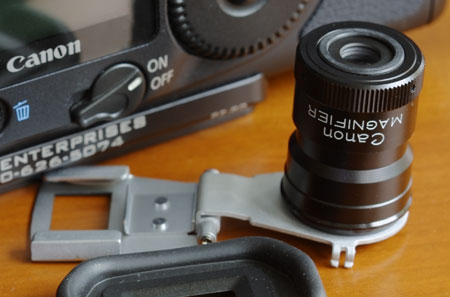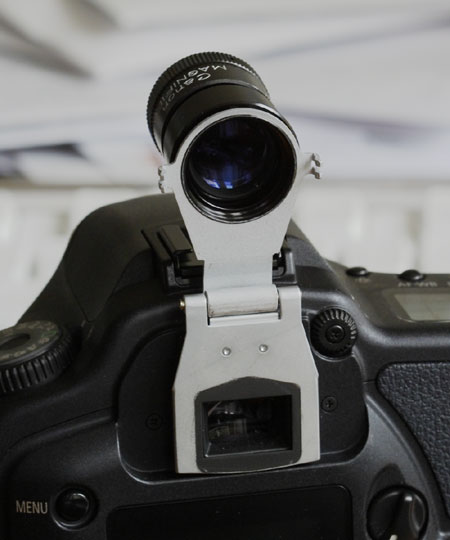Costco San Francisco switches to Noritsu
I visited the San Francisco Costco yesterday, and they have replaced their Fuji Frontier 370 mentioned here with a Noritsu QSS-3101 (PDF). This generation of Noritsu digital minilab uses a laser rather than the MLVA (LED) technology used in earlier Noritsu minilabs, and it should have equivalent quality (I will know for sure this coming Thursday when I get my prints back – it seems the word is out and Costco now has quite a backlog).
The nice thing is they now have a self-service Noritsu CT-1 kiosk where you can upload your photos from flash cards or CD, albeit with a slightly clunky interface. They also support 8×12 rather than 8×10 now, and more interestingly larger sizes such as 11×14 ($2.99), up to 12×18 (also $2.99 apiece).
Fortunately, the paper used is still Fuji Crystal Archive rather than the inferior Kodak alternatives Noritsu is usually associated with (Kodak resells Noritsu minilabs, and allegedly some Agfa minilab components as well).
Update (2003-07-30):
I picked up the prints this evening. Unfortunately, contrary to what the guy at the counter said, they did crop the photos instead of adding white margins. The end result? Many prints with partially decapitated people, and those that have been spared are too wide to fit in my 8×10 album.
The prints are sharp, but significantly darker and less saturated than my proof on-screen (I calibrate my monitor with a ColorVision SpyderPRO). The Fuji Frontier was much closer to the sRGB space, it seems. I have no idea why Noritsu calibrates its machines to some completely different standard than sRGB despite the fact the latter is the industry standard. I will take a calibration target when I go to have them redone tomorrow.
I consider myself quite knowledgeable about computers and digital photography, and I can cope with manual resizing of pictures to prevent brain-dead cropping, or working with custom profiles to work around poorly calibrated printers. I am sure 99% of the digital camera buying population will be unable to go through these unnecessary hoops. They will just get dull, oddly cropped photos back and naturally think the technology is at fault, and go back to using inkjet printers even though they produce grainy prints with poor durability, all for a king’s ransom. Fuji, Kodak and the rest are already playing catch-up in the digital printing space, they will definitely lose the race if they do not improve their firmware and require digital minilab operators to calibrate their units.
Update (2003-09-24):
I gave them a lot of 25 11×14 to print on Monday. Mindful of my previous cropping fiasco, I first gave them a trial run of 6 last week (3 “lustre” and 3 glossy), as well as to test the Dry Creek Photo color management profiles. The prints came out fine, with reasonably accurate color (within the limits of the printer’s gamut). They had a half inch white border on top and bottom, as the Noritsu’s native output size is 12×14, and the lab technician told me they were expecting a trimmer next week.
Unfortunately, when I retrieved my prints yesterday (insert mandatory joke here about “someday, my prints will come”), unlike the trial run, they expanded the print to the full 12×14 paper area (thus trimming off about 1 inch on each side from the print, and ruining the composition). Costco disabled 11×14 and 12×18 prints from the CT-1 interface. They must be running the printer on manual for these print sizes because the software on the CT-1 is brain-dead about cropping, but it seems all operators are not equally well trained with the new equipment, and I suspect the user interface is confusing enough to allow them to shoot themselves (or me, in this case) in the foot.
Conclusion: color management profiles are a must for this Noritsu printer, and be very specific about cropping instructions as their workflow is inconsistent from operator to operator. And it’s a good thing they have a money-back guarantee…





